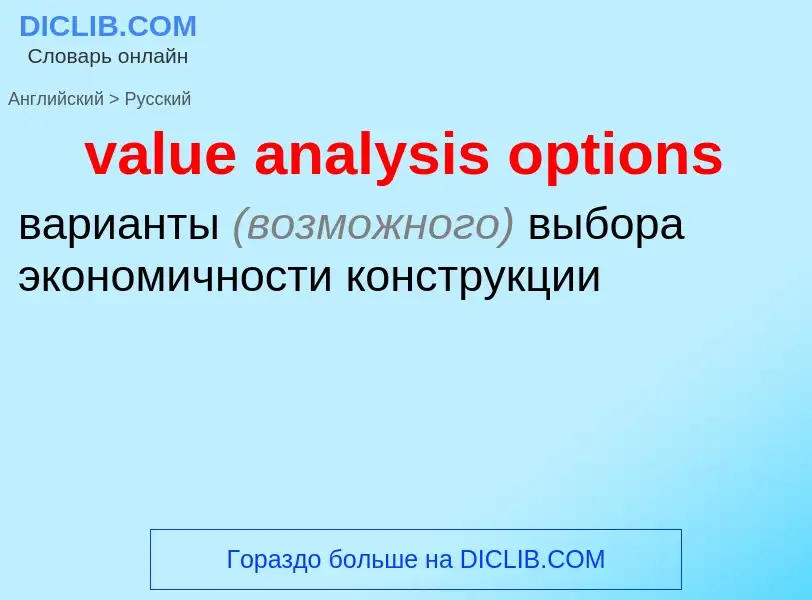Translation and analysis of words by ChatGPT artificial intelligence
On this page you can get a detailed analysis of a word or phrase, produced by the best artificial intelligence technology to date:
- how the word is used
- frequency of use
- it is used more often in oral or written speech
- word translation options
- usage examples (several phrases with translation)
- etymology
value analysis options - translation to russian
[vælju:'ædid]
бухгалтерский учет
добавленная стоимость (разница между ценностью продукции фирмы или отрасли и стоимостью сырья, комплектующих изделий и услуг (кроме рабочей силы, платы за землю), приобретаемых для обеспечения выпуска этой продукции)
статистика
условно-чистая продукция
экономика
стоимость
добавленная обработкой
условно чистая продукция
синоним
Definition
Wikipedia
Boundary-value analysis is a software testing technique in which tests are designed to include representatives of boundary values in a range. The idea comes from the boundary. Given that we have a set of test vectors to test the system, a topology can be defined on that set. Those inputs which belong to the same equivalence class as defined by the equivalence partitioning theory would constitute the basis. Given that the basis sets are neighbors, there would exist a boundary between them. The test vectors on either side of the boundary are called boundary values. In practice this would require that the test vectors can be ordered, and that the individual parameters follows some kind of order (either partial order or total order).


![Extreme value theory is used to model the risk of extreme, rare events, such as the [[1755 Lisbon earthquake]]. Extreme value theory is used to model the risk of extreme, rare events, such as the [[1755 Lisbon earthquake]].](https://commons.wikimedia.org/wiki/Special:FilePath/1755 Lisbon earthquake.jpg?width=200)
